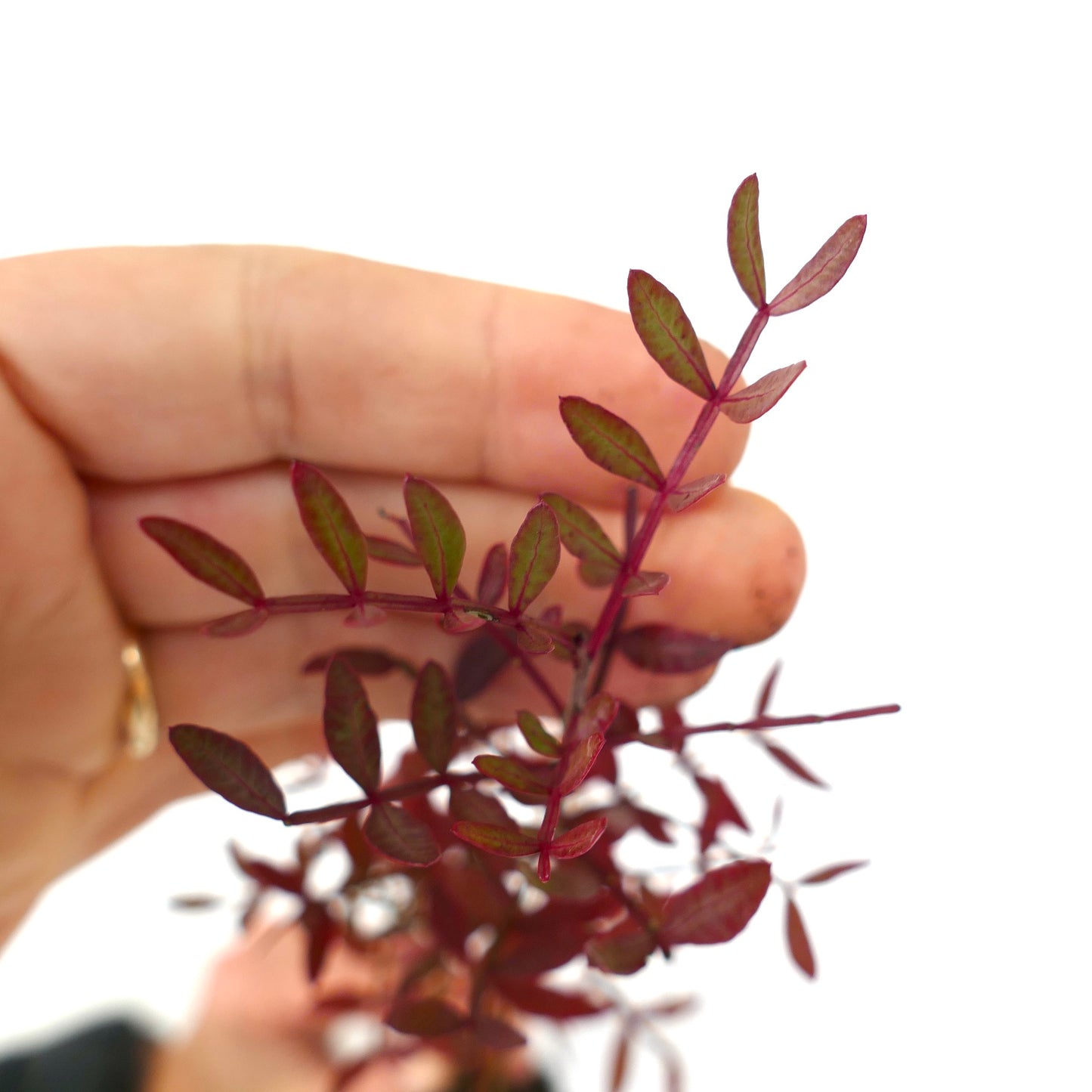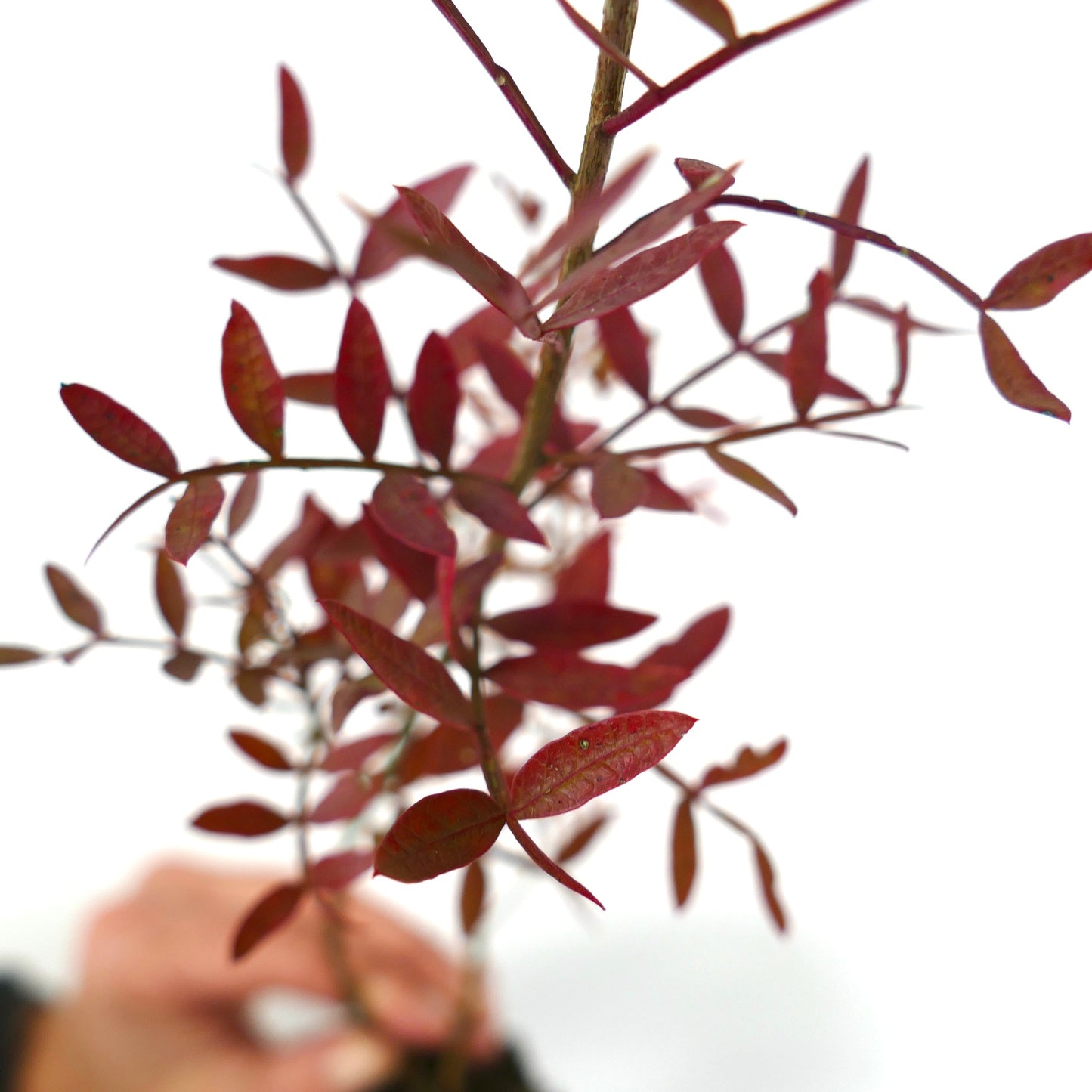- Catalogue Plants
Pistacia lentiscus
Pistacia lentiscus
Couldn't load pickup availability
Plant Description
The mastic tree or lentisk (Pistacia lentiscus) is a hardy, evergreen shrub or small tree native to the Mediterranean region. It features dense, leathery dark green leaves with a glossy finish, and grows up to 4 meters tall. In spring, it produces small, unassuming red flowers that mature into bright red berries, which later turn black as they ripen. Its distinctive aromatic resin is prized, and the plant's rough bark exudes a sticky substance known as mastic gum, traditionally used in various culinary and medicinal applications. Its resilience and beautiful foliage make it popular in drought-tolerant landscaping.
IMPORTANT: Please be aware that picture 1-3 show an example plant in the size 10-30cm, the offer is for a plant in the dimension indicated in title description.
Disclaimer: Please keep on mind that the plant may have grown since pictured. Also be aware that most plants change across seasons. If present foliage could have been fallen or change in its color.
Botanical family: Anacardiaceae
Botanical genus: Pistacia
Botanical species: Pistacia lentiscus
SKU:BA-5992-S
Cultivation
Cultivation
Additional information
Additional information
Plant Height:
Plant Diameter:
Picture Taken on:
Pot Size:
Grafted/Not Grafted: Not Grafted






